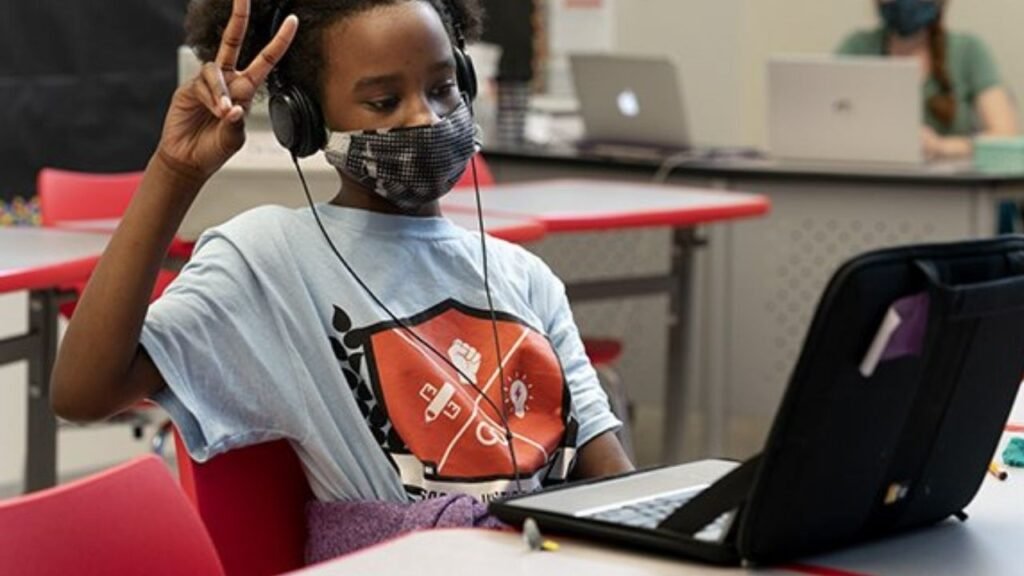The Hybrid Work Transition A Major Technology Gap

John Machado, a 20-year industry veteran and IT professional, is the Chief Technology Officer of UKG (Ultimate Kronos Group). The use of technology during meetings has a large impact on team culture and cooperation and for work.

The transition to a hybrid workplace will be more disruptive than the transition to remote work, and many businesses may underestimate the difficulty. One critical reason is that the technology required to provide a seamless hybrid office experience does not yet exist.
When many companies were compelled to go virtual in early 2020, the necessary tools and technology were already available. The primary issue was swiftly implementing them and modifying long-standing practices. There is a large gap in communication, productivity, and engagement tools for a workplace where some workers work together in the same office and some do not.
Many companies understand that the move to hybrid work is unavoidable. According to an Accenture poll, “83 percent of workers choose a hybrid work style (working remotely between 25 and 75 percent of the time).” As businesses throughout the world undergo this long-term shift, there are enormous possibilities for firms to innovate and solve technological gaps.
Beyond “All Or Nothing” Workplace Technology
The majority of existing workplace technology is designed to address the demands of businesses with an all-remote or all-in-person workforce. There are few choices for a predominantly hybrid workforce.
One example of this gap is meeting tools. Many businesses built conference rooms around in-office meeting participation, with only remote team members present. Many meetings became totally remote during the last year as workers worked from home – each attendee called in from their own video conferencing account, and services like in-meeting chats grew increasingly popular.
What happens when some team members return to the office while others remain at home — especially when these locations are continuously shifting? Even when working in the office, many employees may prefer phoning in from their personal accounts. In this setting, what does a hybrid conference room look like? We don’t have a definitive answer yet. To close these gaps in experience, new technology is required.
In the interim, companies must be deliberate in their use of current meeting technologies. Maintaining individual videoconferencing for all-company meetings, for example, even when some workers are present in the office, may guarantee that all employees are on an equal playing field and get essential information in the same manner. Whatever choice you select, it’s critical to guarantee that no one falls through the cracks, whether they work remotely, in the office, or in a hybrid situation.
The usage of technology during meetings has a significant influence on team culture and cooperation. It may have an impact on who speaks up and how they speak out, how presentations are shared, whether chat capabilities are used, and much more. It will be critical to have the proper technologies in place.
Employee Engagement That Is Fair In A Hybrid Workplace
Employees now demand greater flexibility than ever before in terms of where and how they work, which has a significant influence on who they work for. Hiring and keeping personnel, both white-collar and frontline, is a difficulty for businesses across sectors. Creating a culture that encourages new hybrid methods of working can help engage existing and prospective workers, but this culture must be influenced directly by employees.
Technology is required to allow employees a say in the creation of this hybrid culture. Ongoing, open feedback is as vital as it has always been, but not every employee feels equally heard.
According to the Workforce Institute at UKG, “the great majority (86 percent ) of employees believe people at their company are not heard fairly or equitably — and almost half (47 percent ) believe minority perspectives are still devalued by employers.” This comprises “essential workers, younger workers, non-caregiving employees, and employees who identify as belonging to underrepresented races and ethnicities.”
Through combining qualitative and quantitative data, anonymous, open-ended surveys can give insight into how employee demands and experiences are changing. Natural language processing (NLP) advances can identify workplace dissatisfaction or tiredness, as well as assess employee burnout, throughout the transition. New technology is required to guarantee that feedback is equal in a hybrid context, regardless of where a person works.
A New Hybrid Work Playbook
Employee wellness, workplace tools, and employee feedback must all be part of a virtuous loop that benefits employees whether they work from home or in the office. Organizations’ long-standing cultural playbooks must evolve, as must the conventions and practices that have been developed for remote work.
This will be a tremendously disruptive change, but businesses that get it right will gain enormous rewards. As will technology firms that can plug holes in existing remote work technologies. I, for one, am looking forward to this challenge and am enthusiastic about the new tools and software that will develop to assist companies in navigating it.
Written by Kusuma Nara |The Entrepreneurs Diaries is now available on Telegram. Join our telegram channel to get instant updates from TED.





